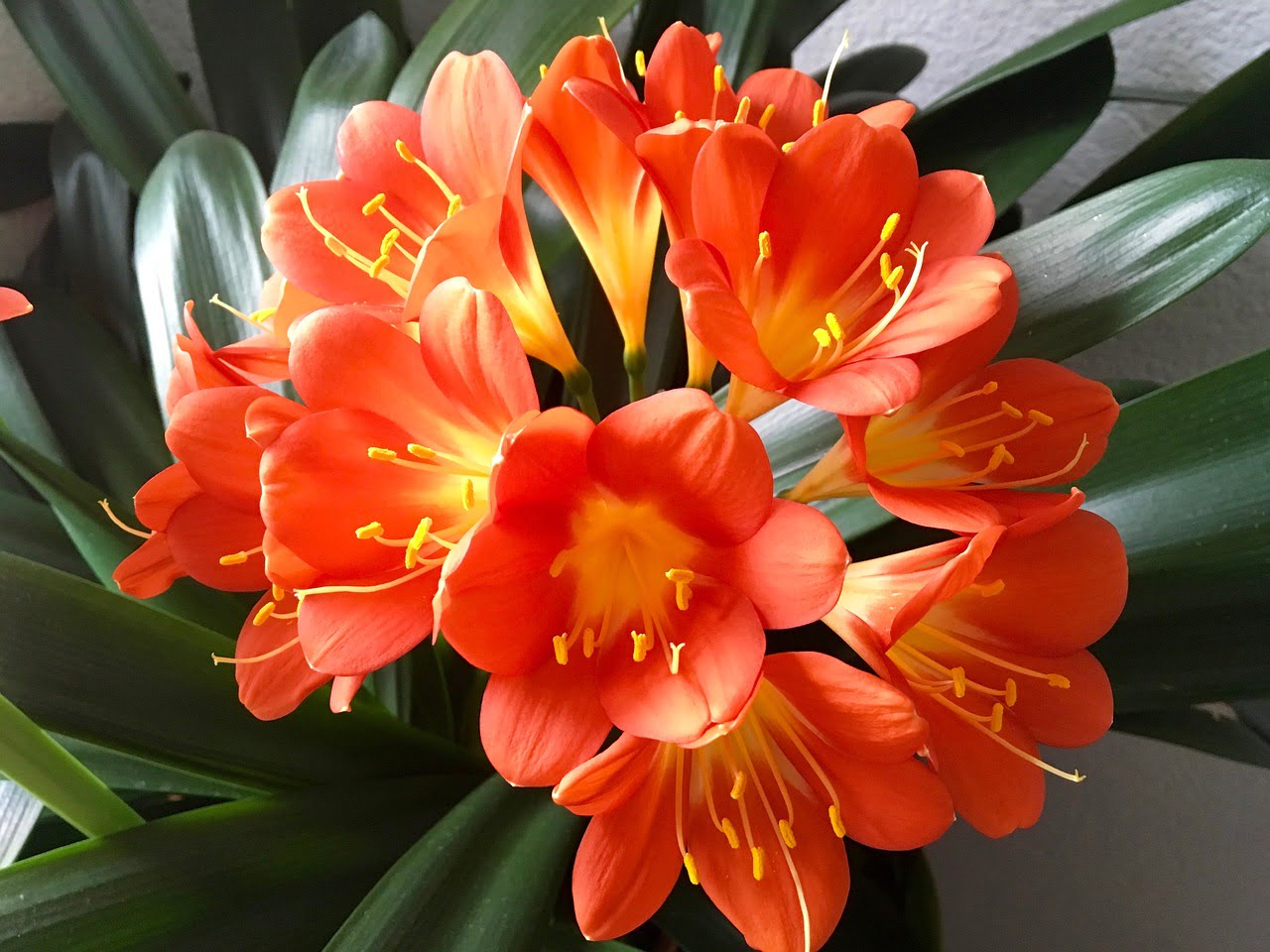
Clivia and Planting: A Comprehensive Guide
Introduction
In the world of gardening and horticulture, Clivia is a captivating genus that has garnered immense popularity. Known for its vibrant, trumpet-shaped flowers and lush, dark green leaves, Clivia is a favorite among enthusiasts and novice gardeners alike. In this comprehensive guide, we will delve into the fascinating world of Clivia and explore the art of planting and nurturing these stunning plants.
Understanding Clivia
What is Clivia?
Clivia is a genus of perennial flowering plants native to South Africa. These evergreen beauties are part of the Amaryllidaceae family and are prized for their striking orange, red, or yellow blossoms. Clivia plants are known by various common names, including Kaffir lily and bush lily.
Types of Clivia
- Clivia Miniata: Known for its vibrant orange flowers, Clivia miniata is perhaps the most well-known species. It’s a perfect choice for adding a pop of color to your garden.
- Clivia Gardenii: This species boasts elegant, pendulous flowers and is a bit more delicate than Clivia miniata. It’s a must-have for collectors.
- Clivia Robusta: If you prefer larger plants, Clivia robusta is the one to go for. It produces massive, lush leaves and stunning clusters of flowers.
Planting Clivia
Choosing the Right Location
Before you start planting Clivia, it’s crucial to select the perfect spot in your garden. Here are some considerations:
- Indirect Sunlight: Clivia thrives in indirect sunlight. It should not be exposed to harsh, direct sunlight, which can scorch the leaves.
- Well-Draining Soil: These plants prefer well-draining, slightly acidic soil. Ensure good drainage to prevent waterlogged roots.
- Temperature: Clivia prefers moderate temperatures between 60°F to 75°F (15°C to 24°C).
Steps to Plant Clivia
Now, let’s walk through the steps to plant Clivia:
- Prepare the Pot: Choose a pot with drainage holes to prevent water buildup at the roots.
- Potting Mix: Use a well-draining potting mix with organic matter.
- Planting: Place the Clivia rhizome in the pot, ensuring the top is just above the soil surface.
- Watering: Water the plant thoroughly after planting, and then allow the top inch of soil to dry before the next watering.
- Fertilization: Fertilize Clivia during the growing season with a balanced, liquid fertilizer.
- Repotting: Clivia typically requires repotting every two to three years when it outgrows its pot.
Caring for Clivia
Watering
- Clivia enjoys moderate watering. Avoid overwatering, which can lead to root rot.
Pruning
- Prune dead or yellowing leaves to maintain the plant’s aesthetic appeal.
Flowering
- Encourage blooming by placing the plant in a cool, dark room for about six weeks during late fall or early winter.
Common Issues
Pest Control
- Keep an eye out for common pests like mealybugs and spider mites. Regularly inspect your Clivia for signs of infestations.
Yellowing Leaves
- Yellow leaves can indicate overwatering or inadequate light. Adjust your care routine accordingly.
Conclusion
In conclusion, Clivia is a captivating addition to any garden. With its vibrant flowers and lush foliage, it adds a touch of elegance to your outdoor space. By following the planting and care guidelines provided in this guide, you can enjoy the beauty of Clivia for years to come.
FAQs
1. Can Clivia be grown indoors?
Yes, Clivia can thrive indoors if provided with indirect sunlight and proper care. They make excellent houseplants, brightening up indoor spaces.
2. How often should I fertilize my Clivia?
Fertilize your Clivia during the growing season, approximately every two to four weeks. Use a balanced liquid fertilizer to ensure healthy growth and vibrant blooms.
3. Are there other flower colors besides orange, red, and yellow?
While those are the most common colors, there are variations, including pastel shades and bi-colored flowers. Explore different Clivia varieties to add diversity to your garden.
4. Can I divide my Clivia plant?
Yes, Clivia plants can be divided during repotting to create new plants. This is a great way to propagate Clivia and share their beauty with others.
5. Is Clivia toxic to pets?
Yes, Clivia is toxic if ingested by pets. Keep it out of their reach, especially if you have curious pets at home. Consult a veterinarian immediately if ingestion occurs.